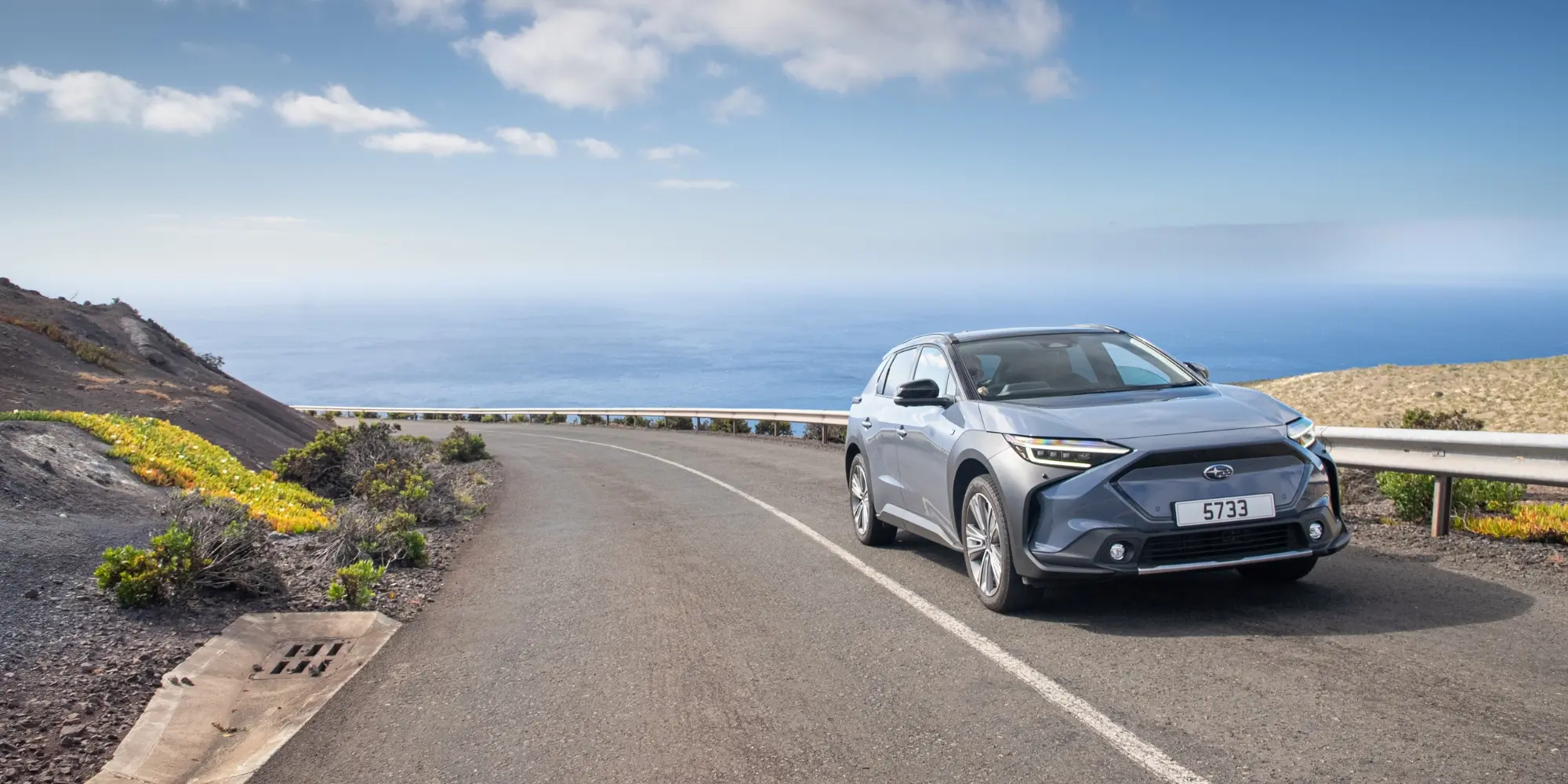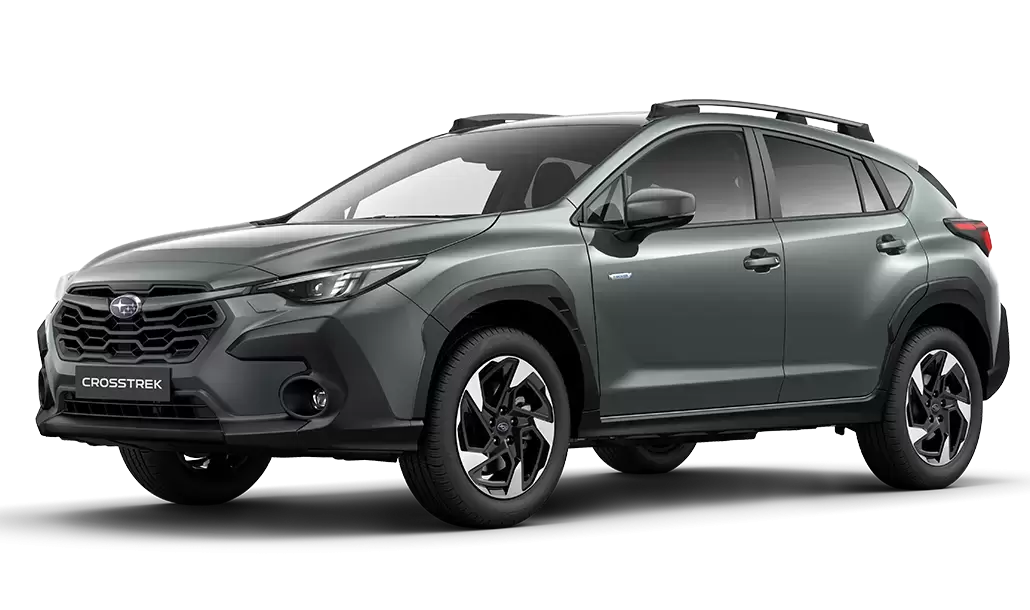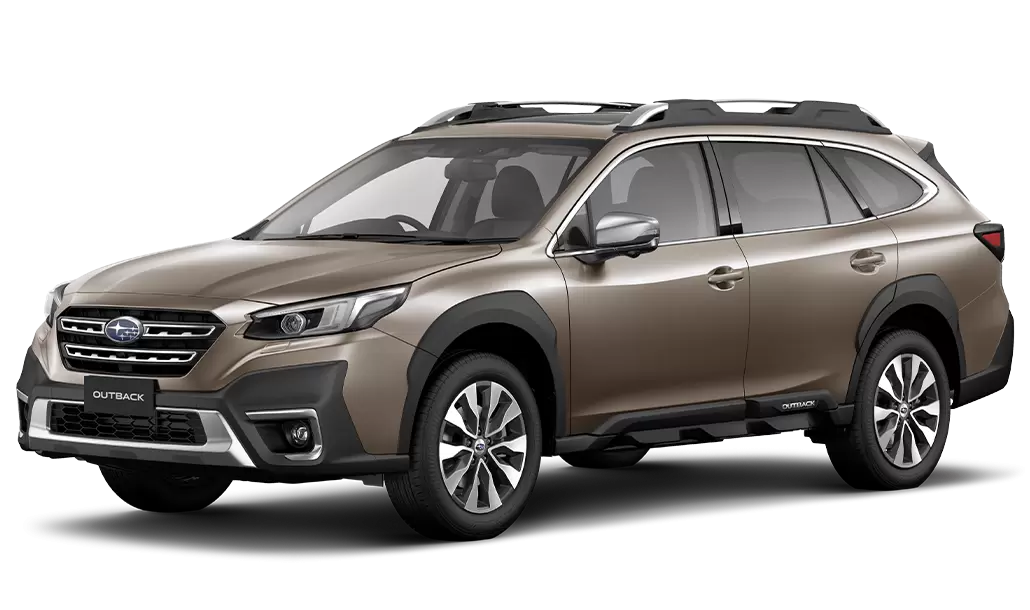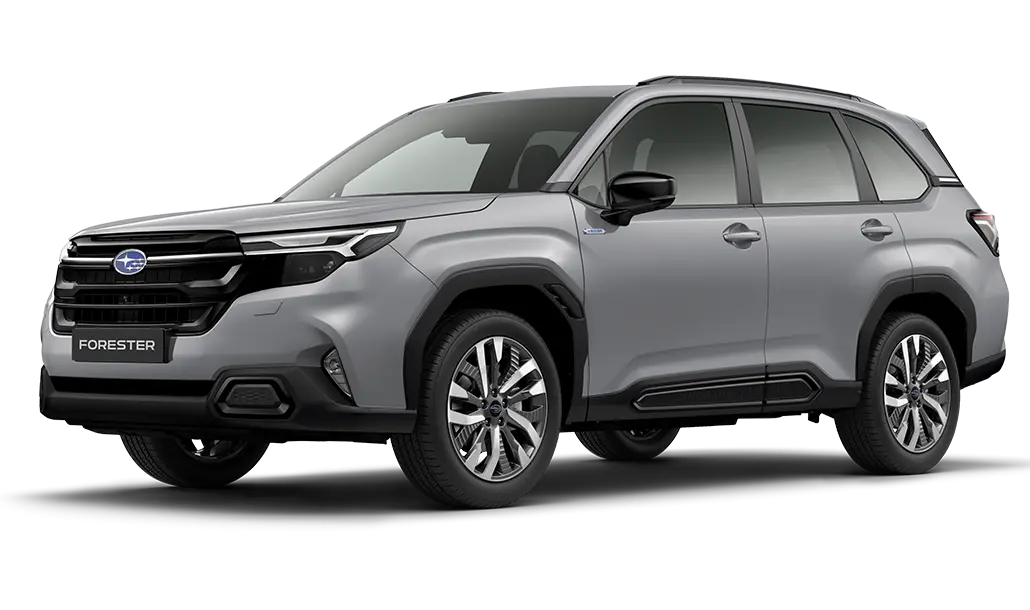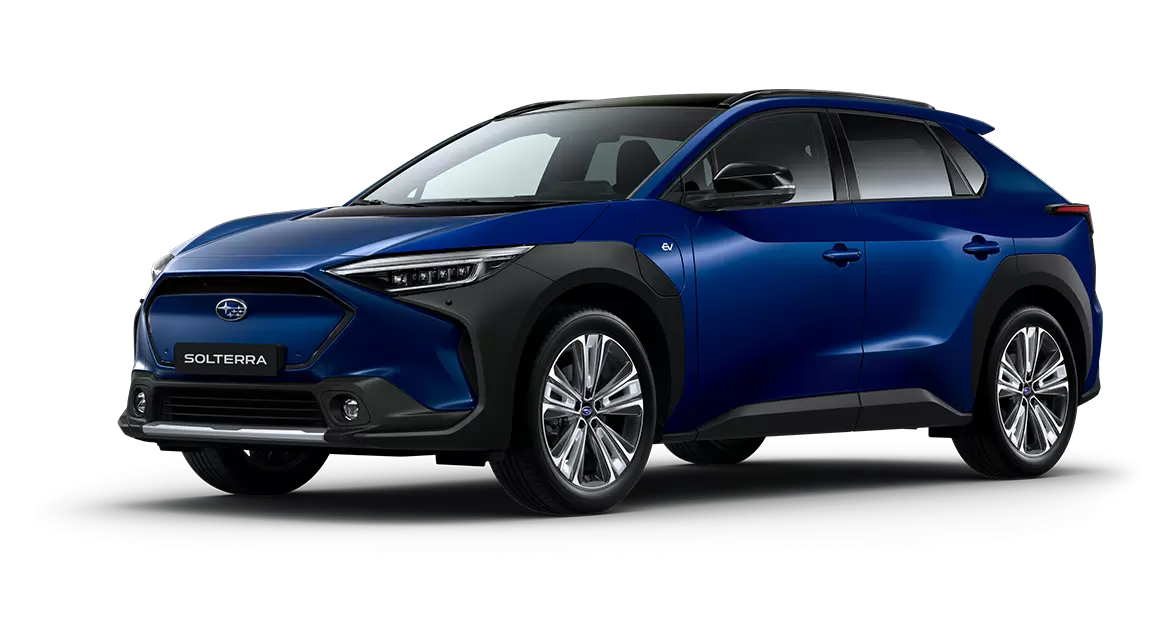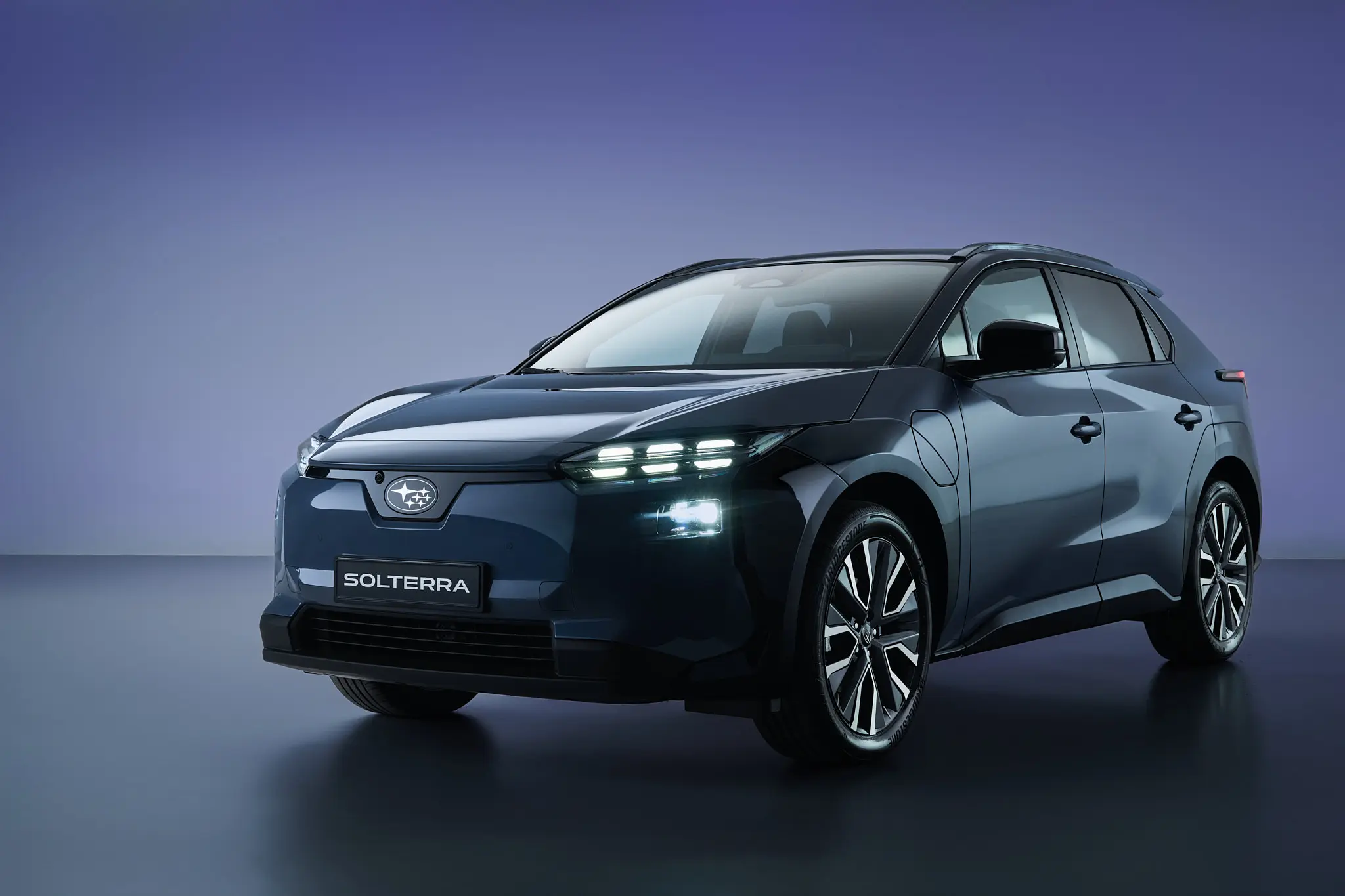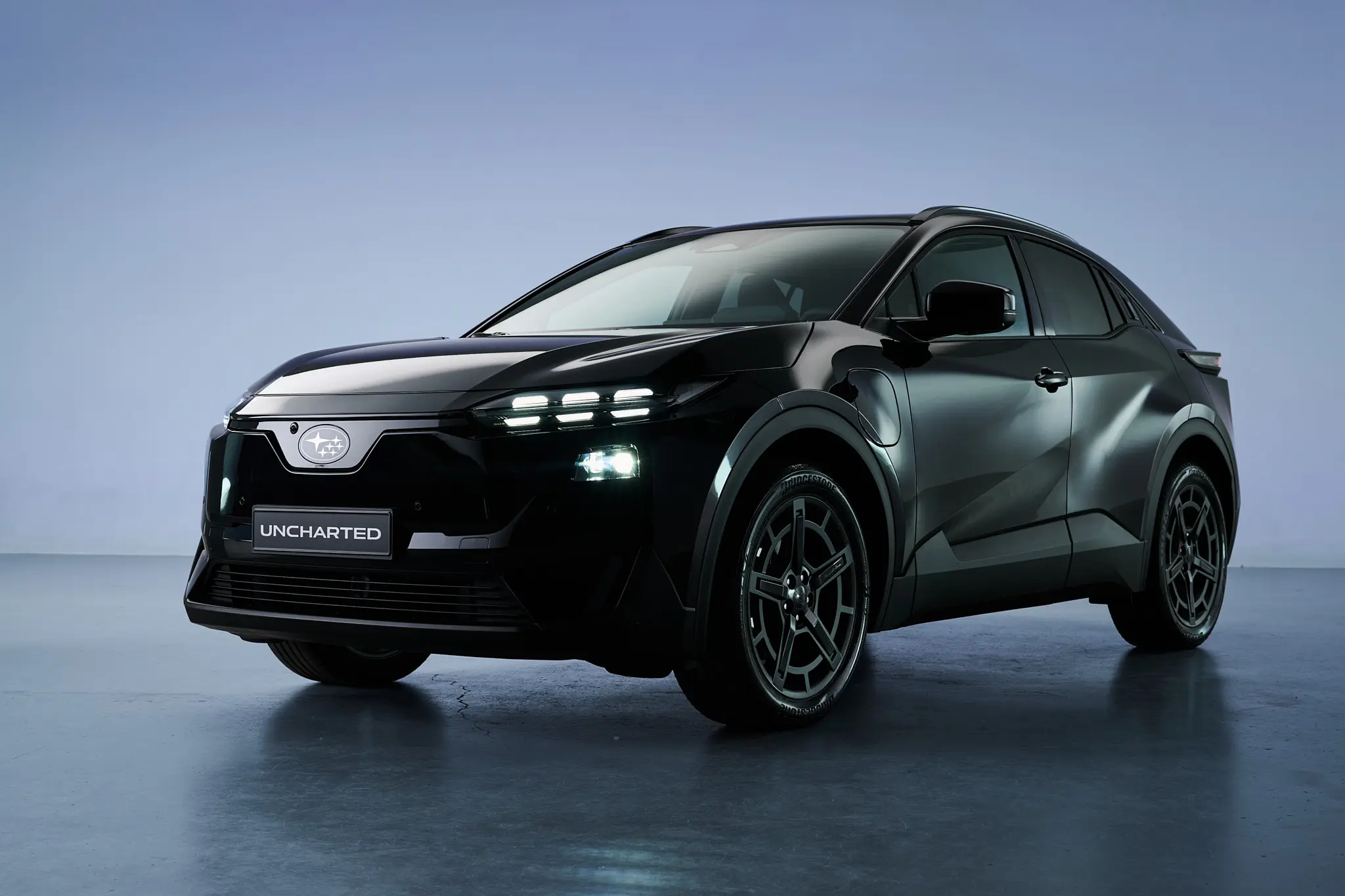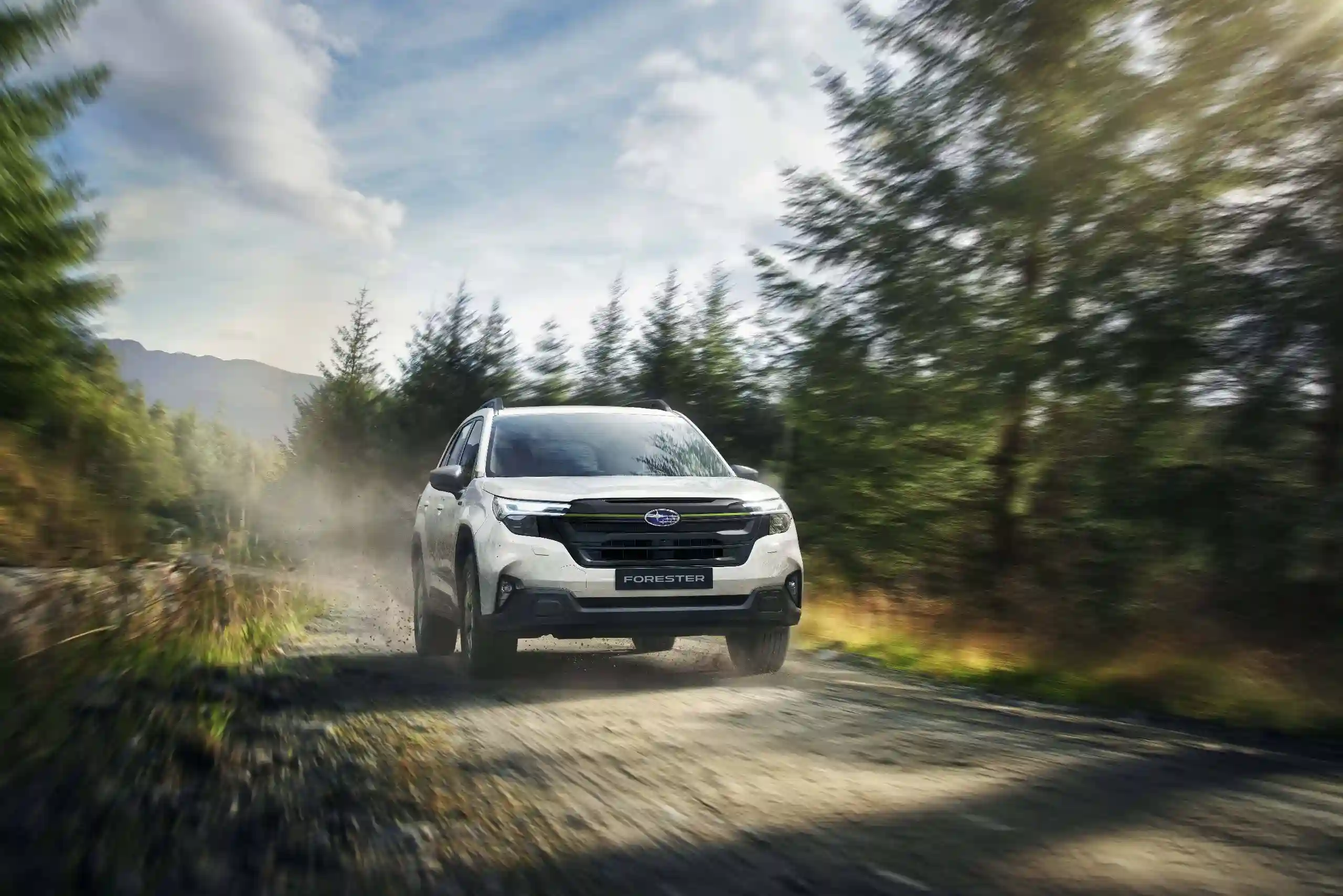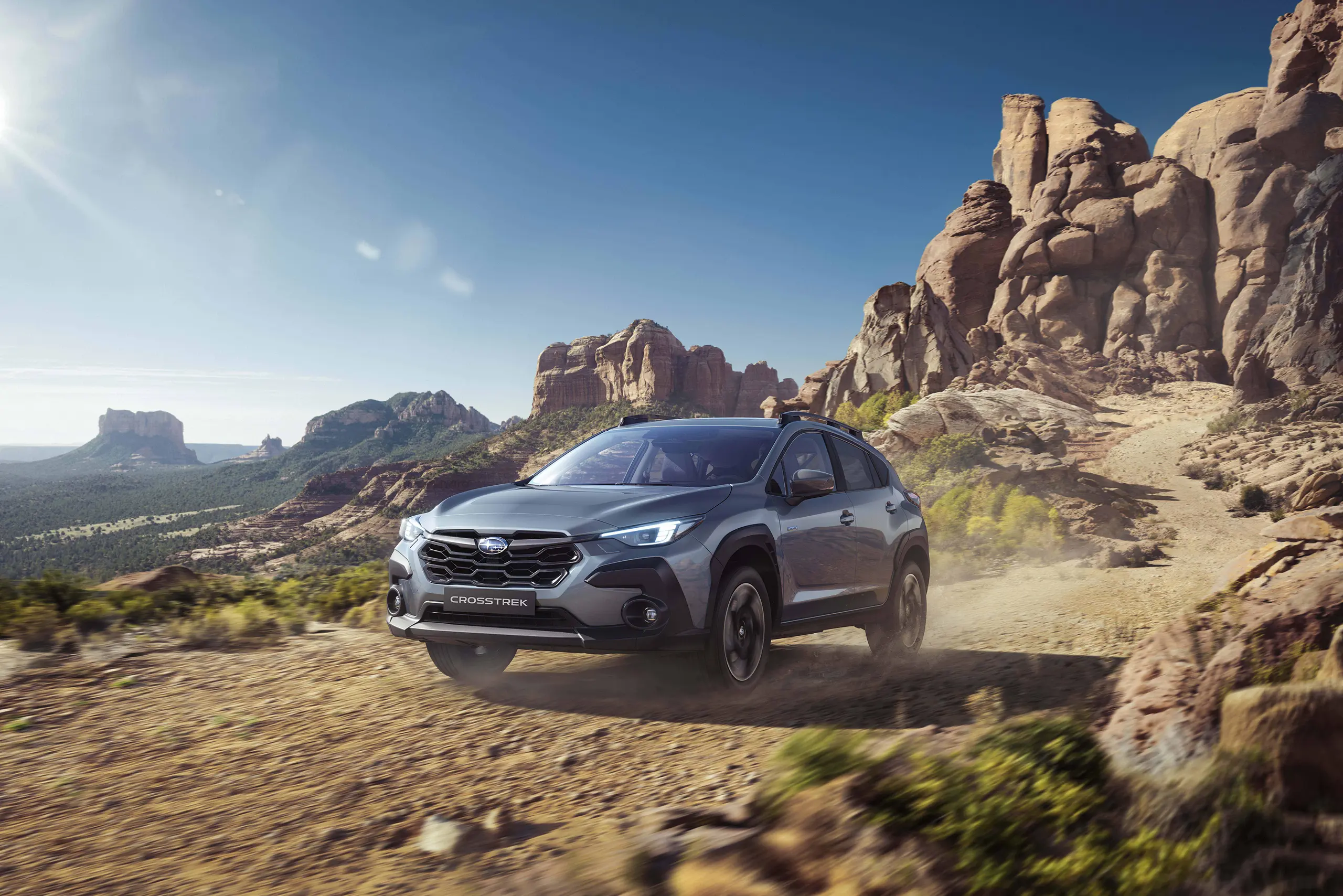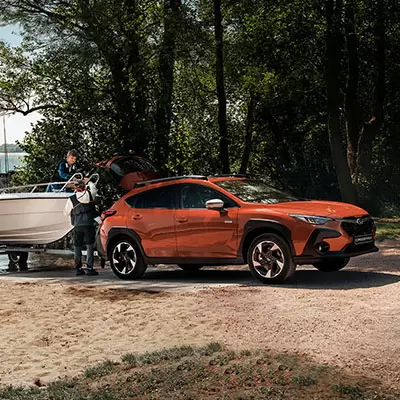- Not all hybrid cars are the same. Some hybrid models have electric motors that can be easily charged by ‘recycling’ the energy generated by the car itself.
- These are called self-charging hybrid cars and come with lower emissions, lower fuel costs in start-stop driving situations, no need to plug in and therefore no range anxiety.
What are self-charging hybrid cars?
How do self-charging cars work?
The Energy Journey In A Self-Charging Hybrid: Capture, Convert, Collect, Consume
How is a self-charging hybrid different from a plug-in hybrid?
Self-charging hybrid
- The battery in a self-charging hybrid is charged automatically using the electricity created when the car slows down, through regenerative braking.
- Smaller batteries than plug-in hybrids
- Range of a few miles when running on electric power only
Plug-in hybrid
- Plug-in hybrids rely on an external source of electricity to power their batteries, which is why they need to be plugged into an outlet to recharge.
- Larger batteries than self-charging hybrids
- Bigger range on electric power, but lower than electric cars. It varies from model to model.
What does ‘self-charging’ mean and doesn’t mean?
Pros of self-charging hybrid cars
- No range anxiety: You can drive your hybrid without thinking about where the nearest charging station is. The combination of fuel and electric power will keep you going.
- Fuel cost savings for start-stop town driving: Every time the electric mode is activated when driving at slower speeds or braking, you are saving fuel.
- No need to worry about plugging your car in: The car self-charges with every brake. So, you are getting the benefits of an electric car without having to install a home charger.
- Lower emissions: Since your fuel use will go down, your car’s emission will do the same. Therefore, a self-charging hybrid helps you reduce your carbon footprint.
Are there any disadvantages to conventional hybrids?
Less efficiency for motorway driving
Smaller battery
Does Subaru range include self-charging hybrids?
Self-charging hybrid cars FAQs
Will I ever need to plug in my self-charging hybrid?
How many miles can a self-charging hybrid do?
Can I drive hybrid cars in any weather conditions?
Do self-charging hybrid cars save fuel?
Are self-charging hybrids more expensive to maintain?
What Subaru self-charging hybrids are available on motability?
Is there a difference in driving experience with a self-charging hybrid?
News & Stories
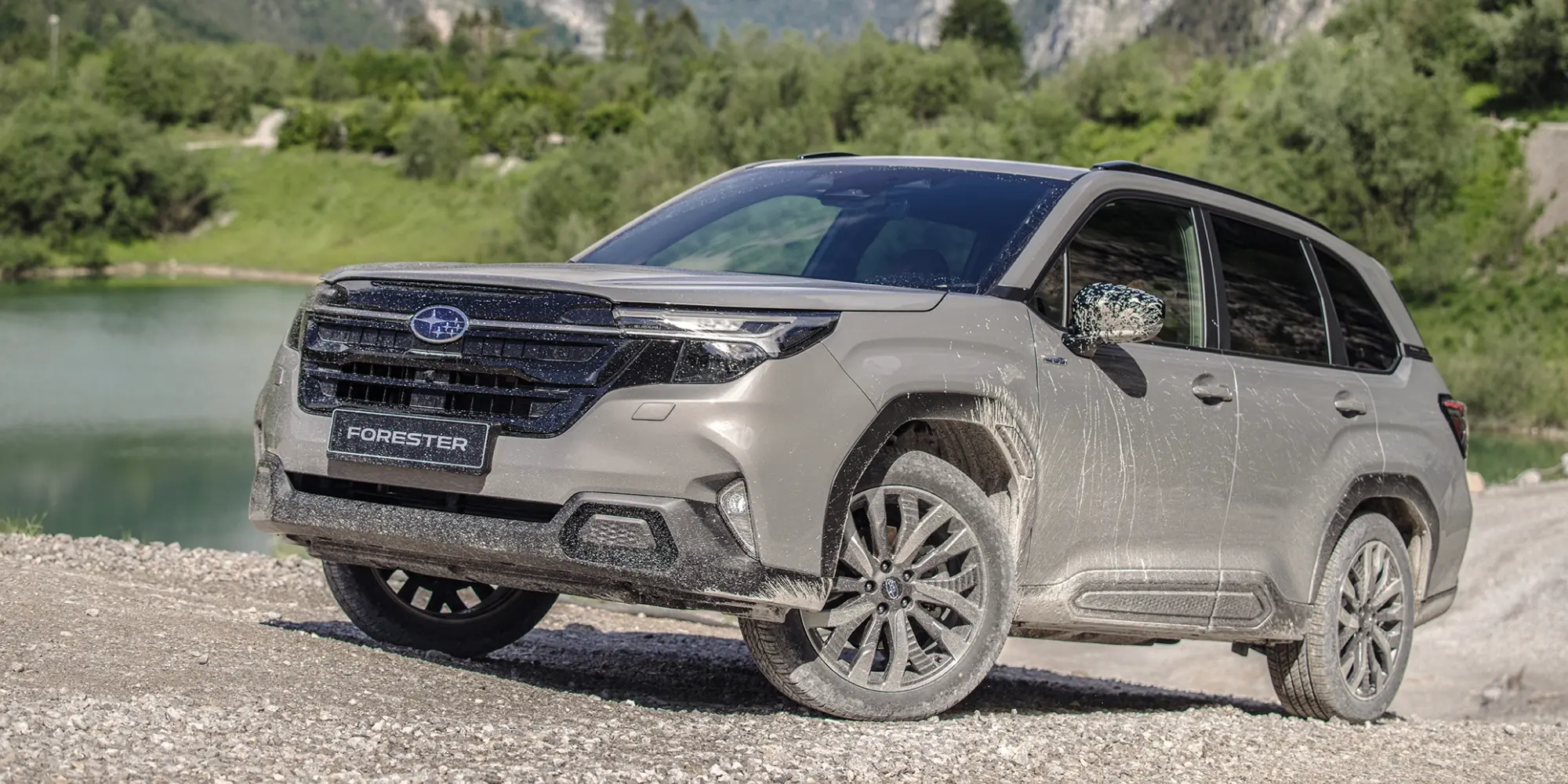
The benefits of hybrid cars
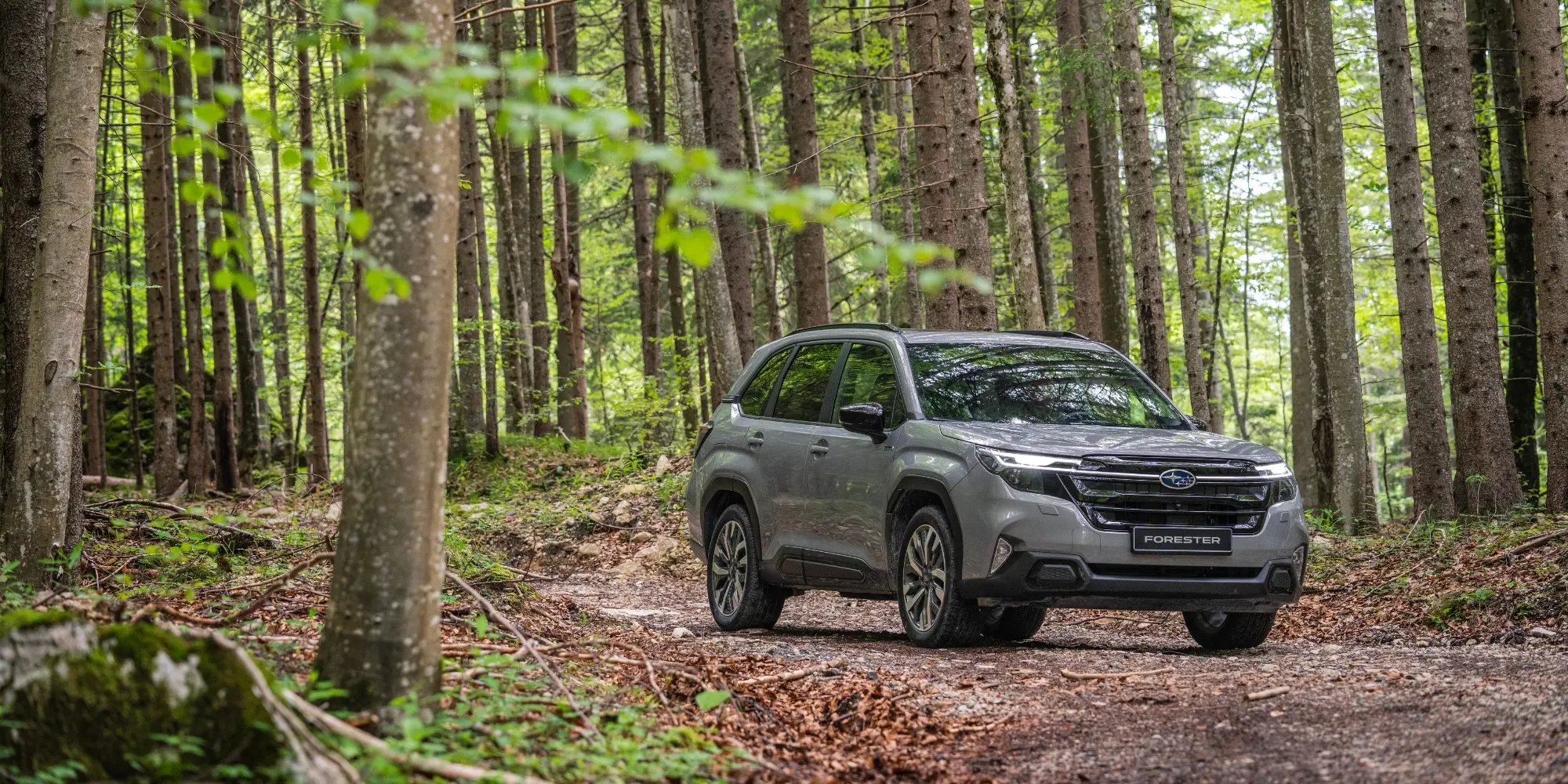
All-wheel drive cars: what they are & how they keep you safe
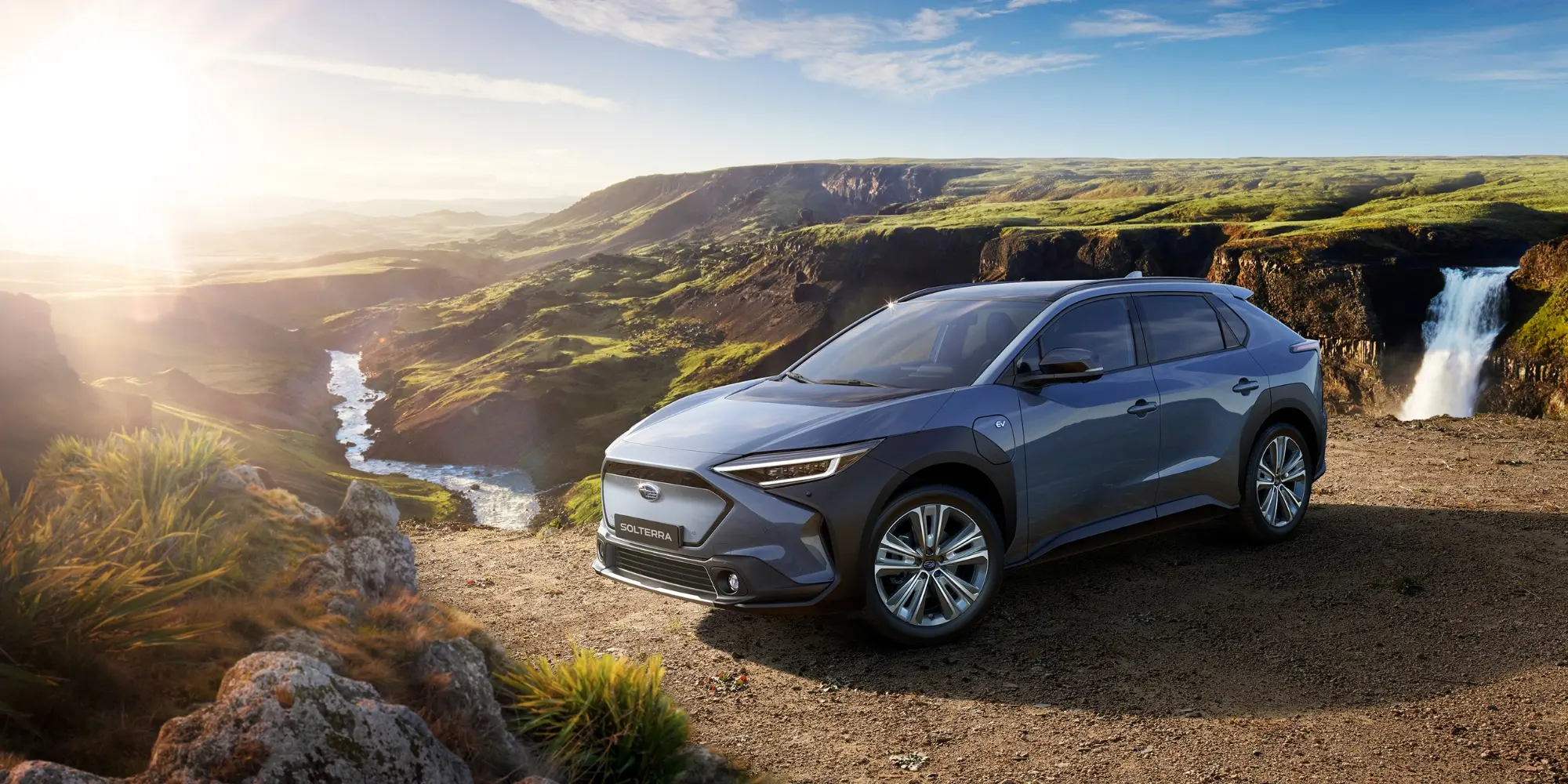
The benefits of electric cars
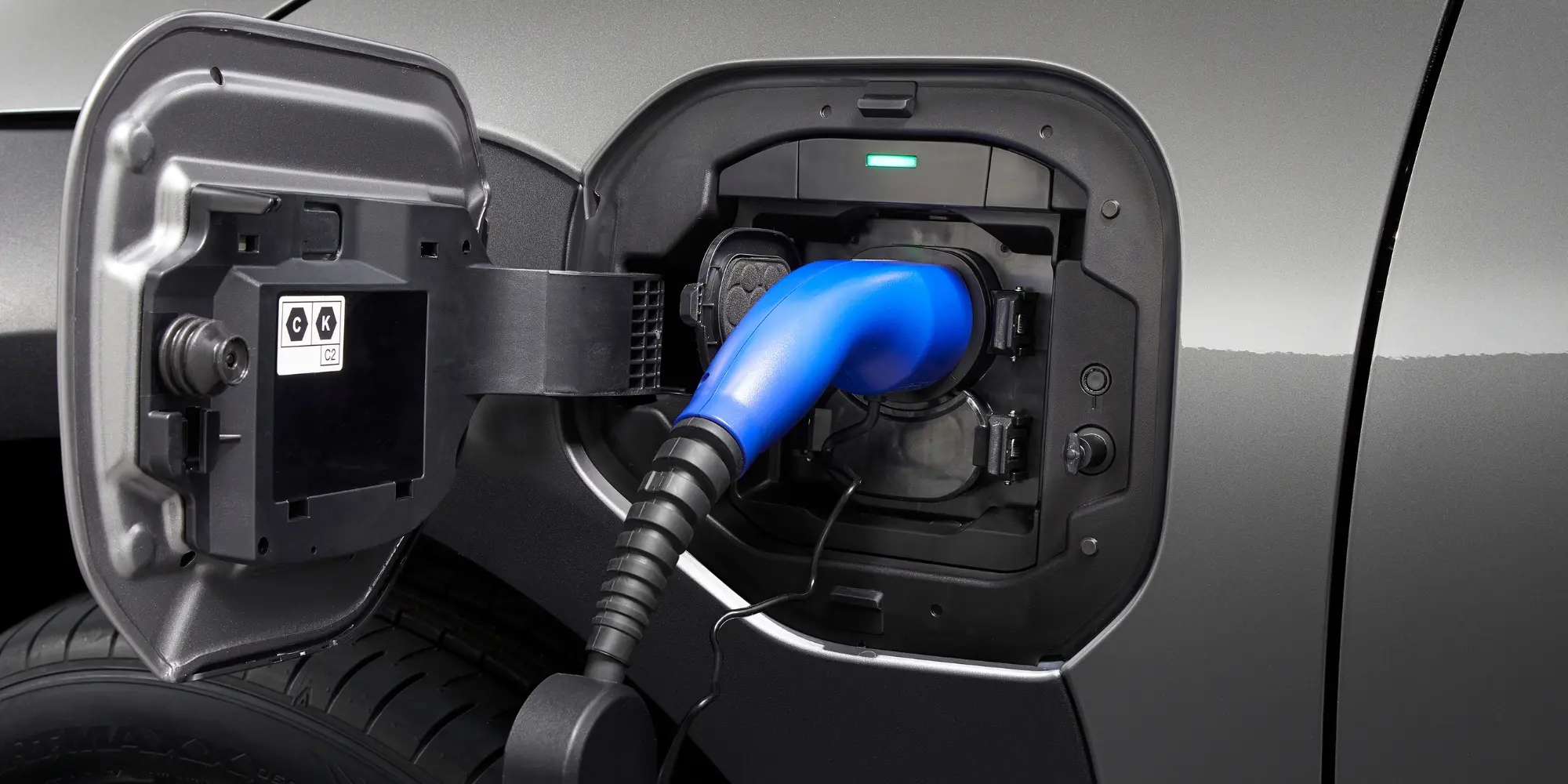
Installing electric car charging stations
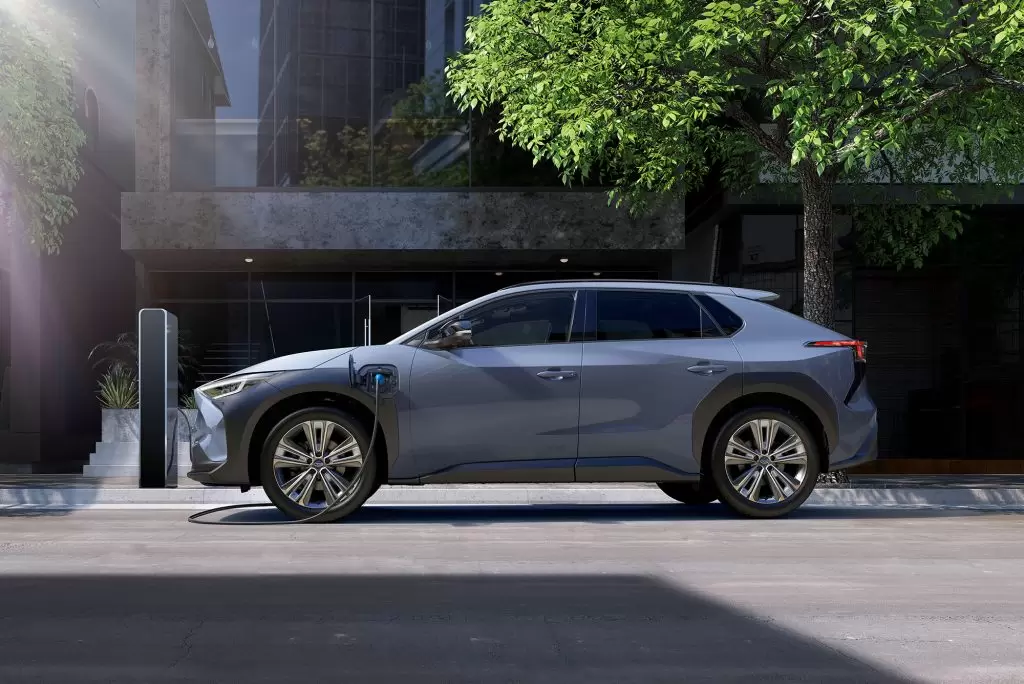
How much does it cost to charge an electric car?
